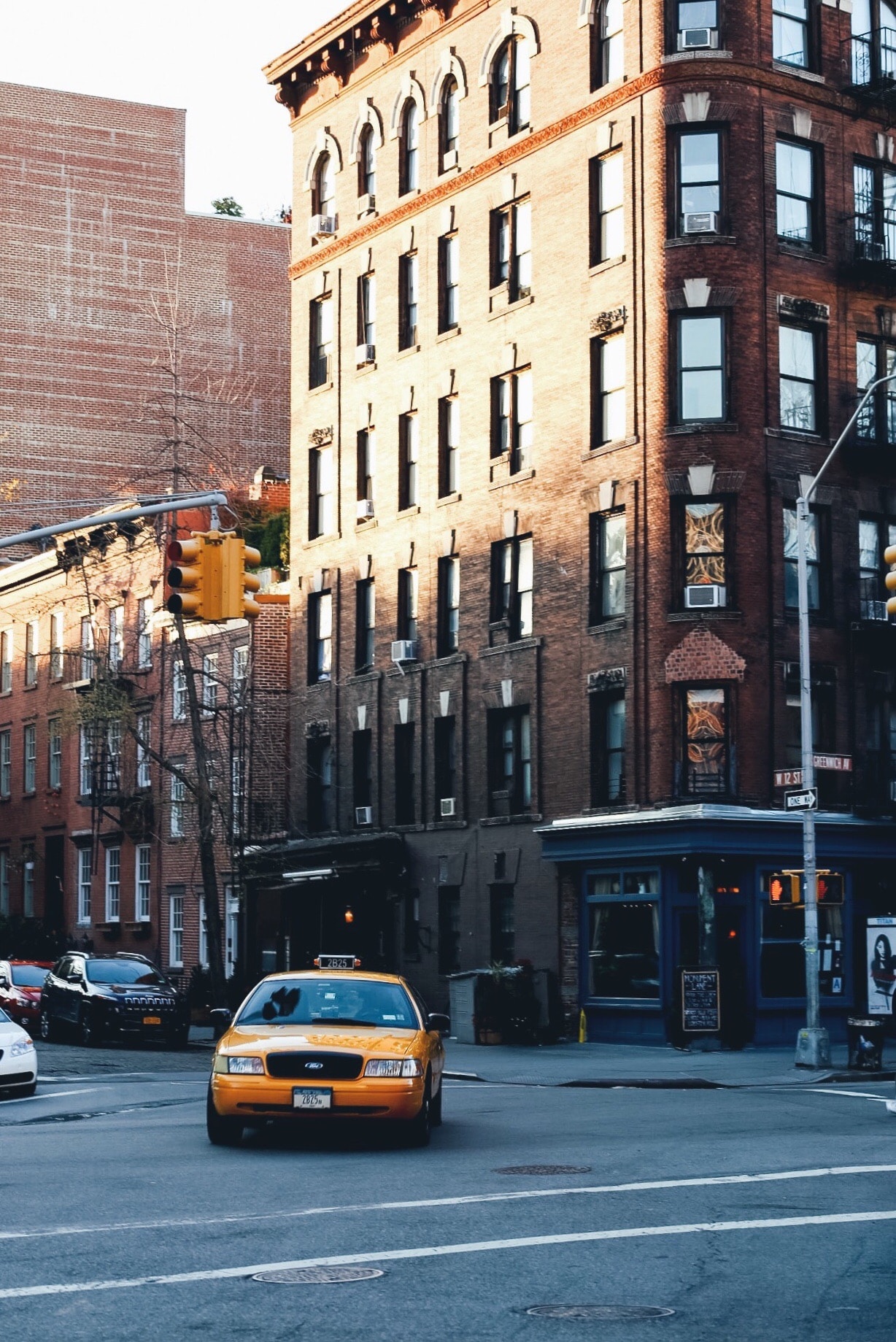Optimizing Your Window Air Conditioner for Maximum Clean, Cool Air
Optimizing Your Window Air Conditioner for Maximum Clean, Cool Air
Global average temperatures have exceeded recorded highs several times in the last month, and articles on ways to keep cool are proliferating! In this article, I don’t have any “new” way to keep cool, but if you are among those blessed with a simple window air conditioner, let us help you make it work just as well and as efficiently as the day you bought it!
Window air conditioners are the humble yet hard-working appliances that many households can’t do without. As one of the oldest cities in the US, New York City has an abundance of window units because about 75 percent of the buildings throughout the five boroughs were constructed before 1960, according to the NYC Department of Buildings. (Why about a quarter of US households are stuck with ugly and loud window AC units) The cost of retrofitting these old buildings with central air conditioning is way too high, so window air-conditioning units are the solution, and continue to be for many households across the US. However, even if your window air conditioner is an older unit, a little time and effort can go a long way in helping it cool better, work less (lower your energy bill), and put out better quality air!
If you have the option of upgrading your window air conditioner, there are many worthy options out there, including those with inverter motors, which save a lot of energy and control humidity better. (To understand better what inverter technology is, check out our article here.) Unfortunately, no one has combined an inverter air conditioner and premium filtration, but you can get premium filtration on a new air conditioner with the Friedrich Kuhl units. These units cool (and some also heat) rooms by heat pump, with smart controls (wifi enabled and smart home compatible) AND they have MERV 13 filters available (a MERV 13 bracket kit is needed). Until manufacturers put inverter units and premium filtration together, we have to put premium filtration in priority!
If your existing window air conditioner has a few more years of life, it helps (although not necessary) to know how a window air conditioner works. In the first part of our article “What kind of air conditioner do you have?” we explain the workings of this type of unit. A key lesson is knowing that unless you have a ventilation lever on your unit, there is no mixing of indoor and outdoor air. (Check out this video to find out how to find and operate a ventilation lever.) Therefore, the air conditioner is not pulling in outside air, it’s only recirculating indoor air. Whatever dust, pet dander and microbes are floating around your apartment can get lodged in the air conditioner and grow into disgusting science experiments that will negatively affect your air quality!
Therefore, a clean evaporator coil is super-important. The evaporator coils are what change your hot and humid indoor air into cooler and drier air. Because most window air conditioners come with a flimsy clean-able filter that would qualify somewhere between MERV 1 through 4, what really ends up filtering the air is the coil–because after a season of running constantly, so much dust and dirt go through the cheap filter and get lodged in the coil! This is not only disgusting, it’s unhealthy. Therefore, if you’ve operated your window unit for more than one summer and never cleaned the coil, please start with this step to eliminate the majority of grime that’s lodged there. (Be sure to have help removing the air conditioner from the window, especially if you live on an upper story!)
After you’ve cleaned your unit (and the included filter), check that it is blowing cold air well. It should blow air that is 15-20 degrees colder than the air it takes in. To measure this, simply use a portable temperature gauge above the unit (out of the stream of cold air) as the intake temperature, and then move the thermometer directly into the cold air coming out, and note the difference (it’s also helpful to note the difference in humidity, to know that it’s actually removing moisture as well!). Our portable humidity sensors will give both temperature and humidity. If the difference in inlet and outlet temperatures does not approach 15 degrees F for a clean AC unit, then you can check into getting the refrigerant topped up. This is best done by a licensed HVAC technician.
Next, it’s not too hard to upgrade your current filtration so that the air coming out of your air conditioner is cleaner than the air that goes in! Here are some options:
- Frigidaire now offers MERV 14 filters for some of its models. Check the link in the overview for compatibility.
- You can cut a regular HVAC filter to fit as per this video (make sure you use painter’s tape around the edges to prevent air leaking around the filter), or
- You can have a custom filter bracket made for your window AC, and change the filter in it often. Since the louvers in front just thwart air flow, you can actually remove the louvered panel and fit the filter inside (if it has a rectangular filter), or you can fit the filter over the louvers and secure it to the front with double-sided tape. In order to specify the correct size for your window unit, determine which louvers are the “intake” (moving air into the unit), and measure the area covering and slightly outside of them, so that the frame and tape will seal but not cover a lot of the louvered space.
- You can make your own frame from 1” aluminum “u-channel” and rivets, and purchase the filter material in bulk or cut to size (these media pads are equivalent to MERV 8 and will filter a lot more dust than the cleanable factory filter!)
Finally, placing a Germ Defender or Mobile Air Angel near the air conditioner will not only help to freshen the room as ions are carried with the fresh air, it will also help to keep the coils cleaner as ions are sucked into the air conditioner by killing microbes and mold spores inside it.
If your space is feeling stuffy from being closed up all the time due to hot weather, chances are CO2 levels are rising. Fresh air ventilation is important, so go ahead and use that ventilation lever on your window air conditioner, or crack the windows in the morning or evening when temperatures are more tolerable. If you live in an urban or dusty area, use our window ventilation filters to get fresh air without the particulates. May our window air conditioning units live long, cool lives!
Photo by Lousvette Munoz on Unsplash




